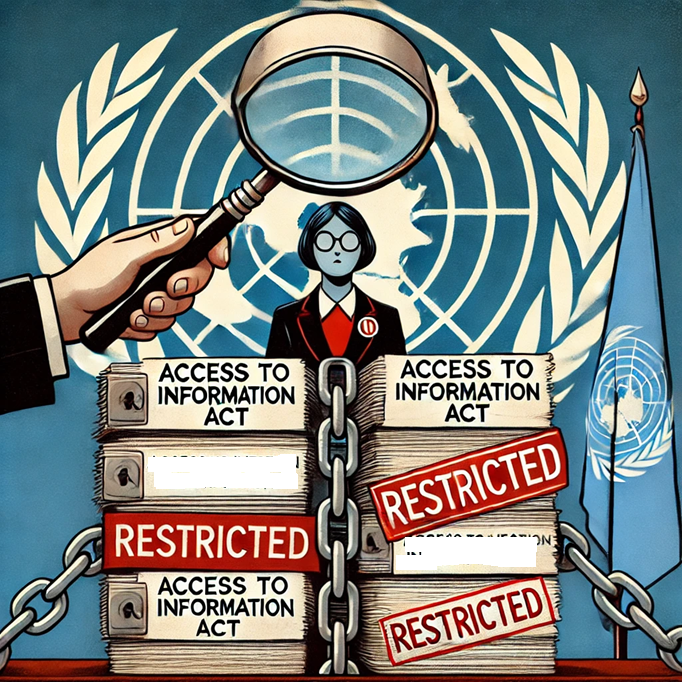I am responding herewith to Mr. Bhagwandin’s letter to the Editor of Stabroek News published October 8, 2022, and entitled `The overall objective of the PSA is to obtain a higher profit share after fully recouping investment costs’.
First, I fully agree with other online commentators that there was no need for Mr. Bhagwandin to attack the personal integrity and the academic credentials of Professor Hunte. It’s petty, bad style, and has no place in a factual and constructive discussion.
In essence, what Mr. Bhagwandin is trying to do in his letter is to mislead the readership of Stabroek News by presenting a fictitious scenario of the development of Guyana’s future oil revenues using assumptions and apparently quantitative data. The fundamental problem with this approach is the fact that there is no reliable data in the public domain about the capital expenditures (CAPEX) and the operating expenditures (OPEX) for each of the two operational floating production storage & offloading (FPSO) vessels Liza Destiny and Liza Unity, which are producing oil at the Liza 1 and Liza 2 oil fields, respectively. Furthermore, the current government has failed to date to complete the audits of the expenses charged by Exxon and its partners going back to 1999. It is not even clear whether the audit reports will be made public. It becomes therefore evident to the informed reader that Mr. Bhagwandin is operating completely in the dark with his calculations.
What is however glass clear and undisputed is the fact that the CAPEX were claimed by Exxon and its partners to the full amount permitted by the PSA in every year since Guyana’s oil production commenced in December 2019. Per reporting period, CAPEX plus OPEX are capped at 75% of the gross oil revenues. Any exceeding CAPEX will be rolled forward to the next reporting period. While we do not have a clear idea about CAPEX and OPEX, Guyana’s profit oil share and the royalty payments are put into the Natural Resource Fund (NRF) account at the First National Bank of New York. They are listed as capital inflows in the NRF balance sheets, which the Ministry of Finance reports to the public regularly.
Importantly, given the absence of any ring-fencing provisions in the Stabroek Block Oil Production Sharing Agreement (PSA), nobody can reliably predict when Guyana’s share of oil revenue will go beyond the 2% royalty of total oil sales plus its 12.5% share of revenues. This can first be estimated with any certainty once Exxon ceases the exploration and development of new oil fields in the Stabroek Block. Given these facts, it is anybody’s guess, when this will happen.
Finally, I would like to correct a misconception voiced by Vice President Bharrat Jagdeo in a recent interview in the Glenn Lall Show aired September 13, 2022. VP Jagdeo defended the sanctity of the 2016 PSA by arguing that Exxon and its partners are carrying a huge financial risk in developing Guyana’s offshore oil fields and therefore the contract must remain unaltered including the indefinite tax exemptions granted by the PSA. Objectively speaking, there are since 2019 very limited financial risks for Exxon and its partners to shoulder given that:
1) there are more than 11 billion barrels of oil equivalents proven to be present in the territorial waters of Guyana; and
2) the developers are permitted to recover CAPEX continuously from the revenues of the active oil fields.
Hence, the key financial risks for the Stabroek Block consortium ended in 2019 with the onset of oil production. In the absence of any ring-fencing provisions, all the financial risks are covered by the revenue generated from exploiting the active offshore oil fields. These facts alone justify the calls by various non-government organizations, such as OGGN and Article 13, for the Government of Guyana to renegotiate the 2016 PSA considered to be lopsided by various international experts.
On behalf of OGGN, www.oggn.org
Andre Brandli, PhD
Professor
University of Munich, Germany










